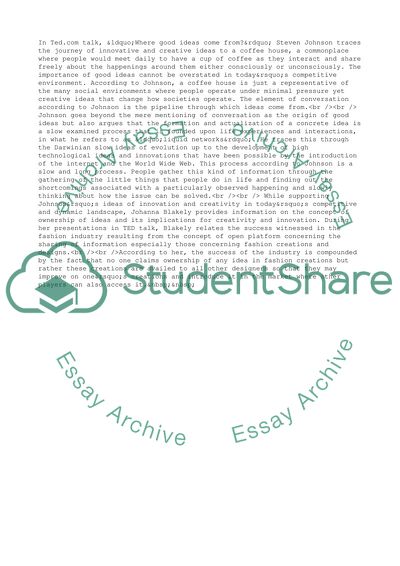Cite this document
(Exploring Innovation Through Copying Essay Example | Topics and Well Written Essays - 1750 words, n.d.)
Exploring Innovation Through Copying Essay Example | Topics and Well Written Essays - 1750 words. https://studentshare.org/business/1790218-english-102
Exploring Innovation Through Copying Essay Example | Topics and Well Written Essays - 1750 words. https://studentshare.org/business/1790218-english-102
(Exploring Innovation Through Copying Essay Example | Topics and Well Written Essays - 1750 Words)
Exploring Innovation Through Copying Essay Example | Topics and Well Written Essays - 1750 Words. https://studentshare.org/business/1790218-english-102.
Exploring Innovation Through Copying Essay Example | Topics and Well Written Essays - 1750 Words. https://studentshare.org/business/1790218-english-102.
“Exploring Innovation Through Copying Essay Example | Topics and Well Written Essays - 1750 Words”. https://studentshare.org/business/1790218-english-102.


